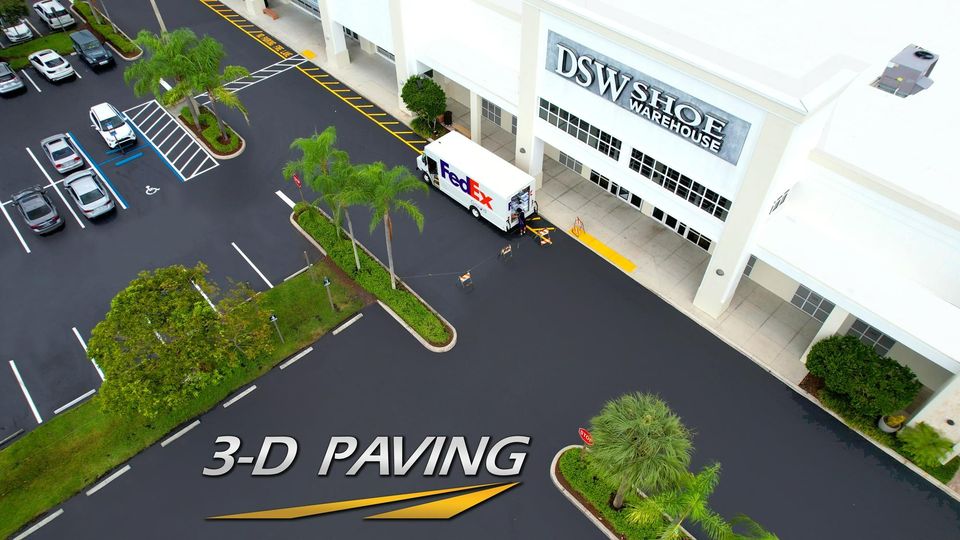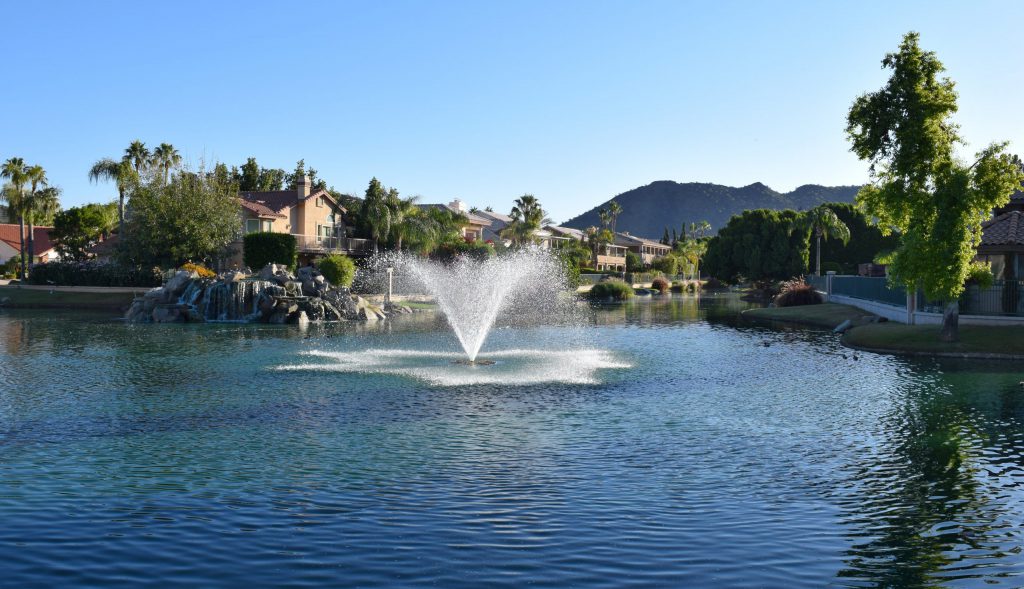The Seven Most Important Fitness Trends for the Year
Commercial Fitness Products
 Commercial Fitness Products, a Florida based organization, has been serving the fitness needs of our customers nationwide for over 27 years. Our primary focus is Multi-Housing & Hospitality, as such, we stay current on the latest industry trends, and are able to share ideas on how we may equip or improve any community fitness center. We provide more than just equipment…our goal is to delight your residents & guests by providing them an exceptional fitness environment.
Commercial Fitness Products, a Florida based organization, has been serving the fitness needs of our customers nationwide for over 27 years. Our primary focus is Multi-Housing & Hospitality, as such, we stay current on the latest industry trends, and are able to share ideas on how we may equip or improve any community fitness center. We provide more than just equipment…our goal is to delight your residents & guests by providing them an exceptional fitness environment.
CFP’s team of experienced professionals are eager to assist you with prompt & courteous customer service. If you have any plans to add, change or upgrade your fitness amenity, we welcome the opportunity to work hard to earn your business.
The Corona pandemic has shaken up the fitness industry. Instead of the motto “higher, faster, further”, the future will see more health orientation, holistic offers and specialization in particular clientele such as risk groups. We present the seven most important fitness trends for the year 2021.
Fitness studios in Germany are in the middle of their second shutdown in the Corona year 2020, which has complex consequences – on the one hand, many fitness center operators fear for their existence with a cumulative loss for the industry of 460 million euros per lockdown month. On the other hand, many users (forcibly) reorient themselves and discover app and video training at home.
“The uncertainty in the industry is great. Many studios will not survive if the lockdown lasts much longer,” says Ralph Scholz. The head of the German Industry Association for Fitness and Health (DIFG) hopes that the fitness studios will be able to open again in January 2021 – that’s when most new members usually sign up with the Christmas kilos on their ribs.
The pandemic will massively change the fitness economy. This makes it all the more important for all players to set the right course for the future. These are the most important fitness trends identified for the year 2021.
1) Gyms Have to Meet High Hygiene Standards
Many people stay in shape during the lockdown period with running, walking, fitness exercises on their own or free digital services. Of these, a proud number of 73 percent intend to maintain this alternative training in the future. Although most fitness enthusiasts want to go back to the gym in the future, they place the condition that training is not associated with the risk of corona infection.
“The survey has shown that many people are concerned about having the highest possible standard of protection. It must therefore be in the studios’ own interest to ensure exactly that,” says Ralph Scholz in the ISPO interview. So the basic condition for studio operators in 2021 is to win back the confidence of fitness fans.
Over one million of the 11.6 million members in Germany in 2019 have quit their membership so far.
In the era of closed fitness studios, most sports and fitness fans have turned to online offers. Apps such as Freeletics, which use artificial intelligence (AI) to compile individual training offers for users, are particularly popular. “The main benefits for users are access to training planning, monitoring and even motivation at a fraction of the current cost, which means that many more people can be reached than ever before,” says Simon Alger, Lead Data Scientist at Freeletics, in an interview with ISPO.
Another example of the new digital trend: With the so-called peloton bike – a spinning bike with which you can connect with spinning fans around the world via the Internet – you can do your cardio training, for example, in virtual competition with many like-minded people around the globe.
The topic of outdoor fitness is gaining in importance precisely because of Corona: intensive training in particular is much less dangerous outside than indoors because of the draught. Fitness studios should therefore move more and more equipment and activities outside. This creates more safety for the users.
The experience of a pandemic, which is unique for everyone, has brought the topic of health into focus for many people much more than before. In principle, this is good for the fitness industry. Fitness strengthens the immune system. In fact it also needs the right and safe offers to do so.
5) Differentiated and Target Group Oriented Training
Whether it’s in media use, buying behavior or travel: individualization is advancing in all areas of life. This also applies, of course, to the fitness wishes of the clientele. Whether Beer Yoga, fastest possible self-optimization through high intensity training or the new workout trend Glide Fit: differentiated and target group-oriented training is mandatory.
All-round fitness studios will continue to exist. Nevertheless boutique and micro studios with tailor-made offers are attracting more and more customers. In these difficult times, specialisation can also be financially attractive for fitness studios. Scholz: “The interesting thing is that the more special you are, the more money you can demand from customers.”
For corona risk groups and senior citizens, health and fitness are just as important as for the rest of the population. This makes seniors a core target group that must be wooed with special offers and training opportunities. This can range from individual training sessions or workouts in small training groups to special premises and digital offers for risk-free training at home.
6) Mindset: Connection of Body and Mind in Training
The trend towards topics such as yoga, mental training or Pilates already existed before Corona. But it has been intensified by the pandemic. More and more people want to combine physical training with mental relaxation.
This desire is triggered not only by job-related stress, also by the strenuous homeschooling with children or financial and health fears in connection with the pandemic. “We must therefore also strengthen the sport psychological level in our offers”, demands Ralph Scholz.
7) Sport and Fitness Merge
Rather go to the gym to train on workout devices or jog outside? For many fitness freaks this used to be a real question of faith. The Corona period, including the closure of the studios, has accelerated the resolution of this either/or situation. Many equipment fans move to alternative indoor and outdoor offers, apps included.
“In the perception of the end consumer, this belongs together, if only because of the many new apps and wearables. That is why it is also important to develop holistic offers. In a sense, the gym is the pilot in this process,” says Scholz.
reproduced by: https://www.ispo.com/en/trends/seven-most-important-fitness-trends-year-2021 sent to us by Commercial Fitness Equipment.
Tags:
Common Area Issues,
Fitness Rooms Articles,
Management News

 Bob Lee, President of Lee Composites Inc, has over 50 years of experience in the composites and plastics industry. Bob started his career with Dow Chemical Corporation after graduating from Georgia institute of Technology. As Vice President of a small emerging composite pultrusion, molding and fabrication company for 10 years he became widely recognized for his outstanding entrepreneurial and creative expertise.
Bob Lee, President of Lee Composites Inc, has over 50 years of experience in the composites and plastics industry. Bob started his career with Dow Chemical Corporation after graduating from Georgia institute of Technology. As Vice President of a small emerging composite pultrusion, molding and fabrication company for 10 years he became widely recognized for his outstanding entrepreneurial and creative expertise.
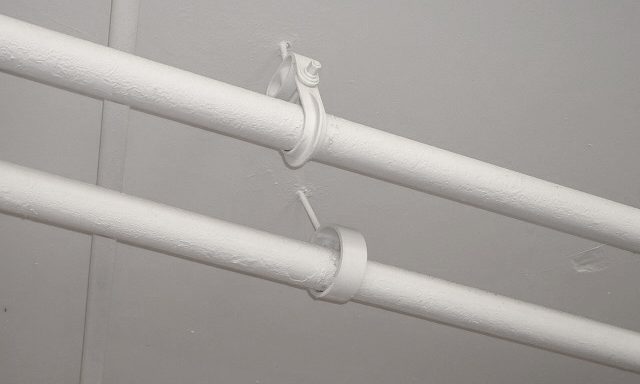



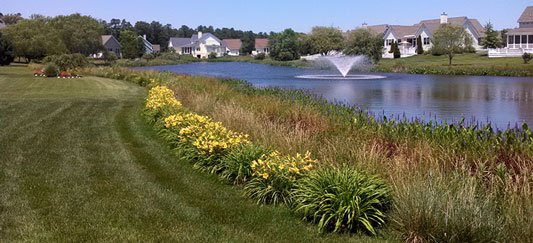








 Commercial Fitness Products, a Florida based organization, has been serving the fitness needs of our customers nationwide for over 27 years. Our primary focus is Multi-Housing & Hospitality, as such, we stay current on the latest industry trends, and are able to share ideas on how we may equip or improve any community fitness center. We provide more than just equipment…our goal is to delight your residents & guests by providing them an exceptional fitness environment.
Commercial Fitness Products, a Florida based organization, has been serving the fitness needs of our customers nationwide for over 27 years. Our primary focus is Multi-Housing & Hospitality, as such, we stay current on the latest industry trends, and are able to share ideas on how we may equip or improve any community fitness center. We provide more than just equipment…our goal is to delight your residents & guests by providing them an exceptional fitness environment.

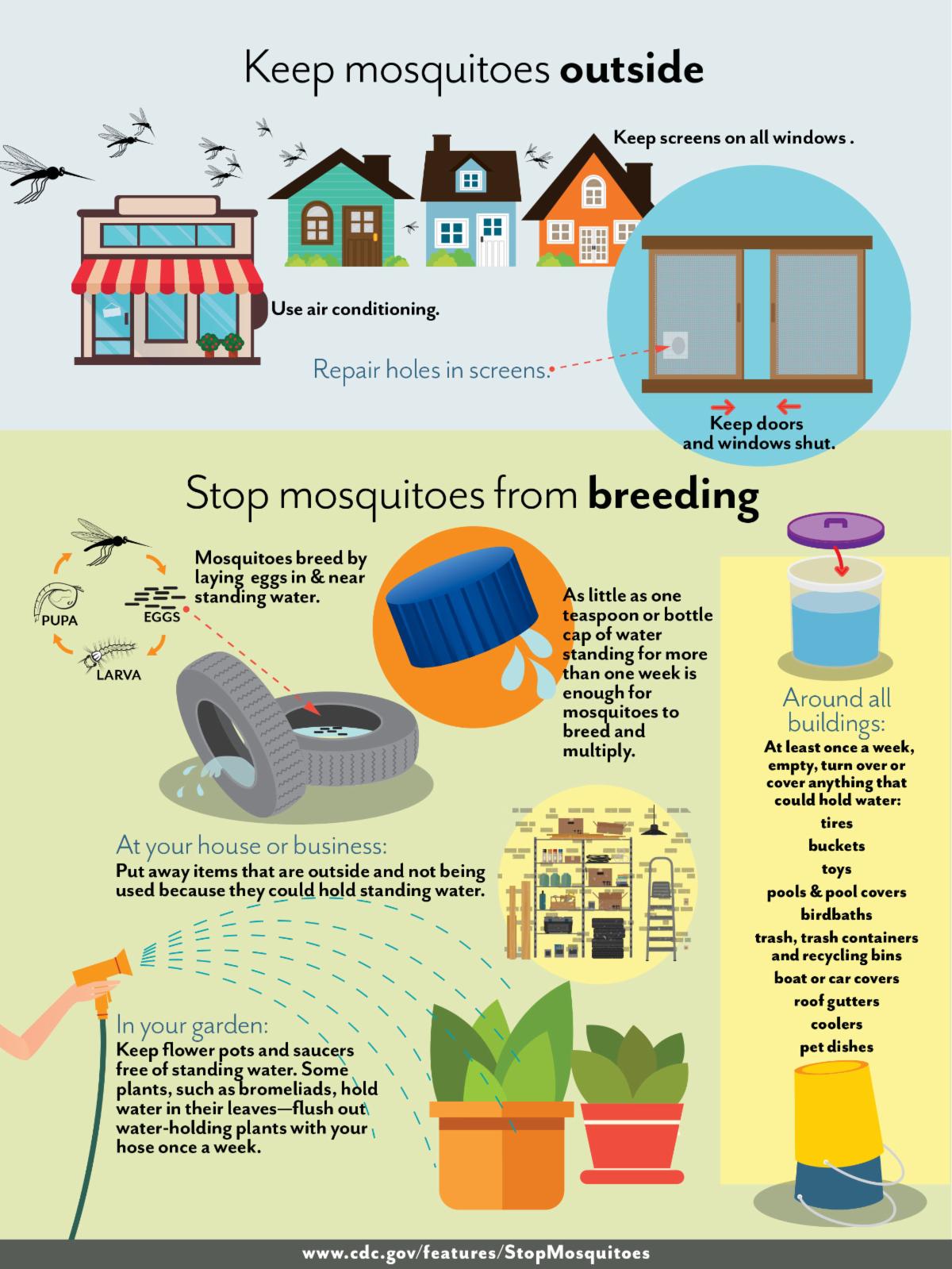


 We can’t think of a better time than the current environment to be introducing to you our newly released Inspections and Checklists Module! Whether you want to document all of the new practices in place because of COVID-19, or to lock down your existing routines for property inspections, employee daily task lists, or monthly/yearly PM (preventative maintenance), there is a new way to do it all:
We can’t think of a better time than the current environment to be introducing to you our newly released Inspections and Checklists Module! Whether you want to document all of the new practices in place because of COVID-19, or to lock down your existing routines for property inspections, employee daily task lists, or monthly/yearly PM (preventative maintenance), there is a new way to do it all:

